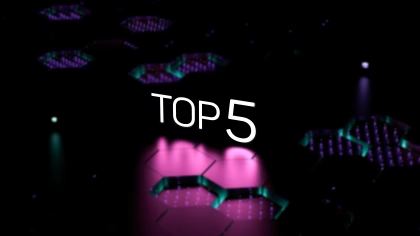Advancements in biosensor technologies are sought after to enable innovation in the field of neuropsychology and emotional research. Galvanic skin response, facial expressions analysis, as well as respiration have been used in the past to measure implicit emotional reactions. While some of these focus on either the valence or intensity of emotions, respiration shows promise at classifying emotions on both these dimensions. Further, technological advances make it easier to measure respiration via a webcam, enabling large scale research giving insights into applications of respiration.
The present study aims to investigate the potential or respiration in general and remote, webcam based respiration in particular for neuromarketing researchers. To understand the modulatory effect of exciting, defined as high arousal and valence, versus baseline videos, on respiration rate, the present work evaluated hardware-based respiration in a lab setting (study 1, N=10) via a gold standard respiration belt and contrasted such results against webcam-based respiration with a novel algorithm (study 2 part 1, N=8). This was followed by a preliminary validation study investigating the performance of webcam-based respiration using intraclass correlation (study 2 part 2) using a relaxing versus exciting ad condition in a 5-minute pilot study.
Results show that respiration rate significantly increased when observing the humorous video, as opposed to the baseline video, using both hardware-based respiration and webcam-based respiration. This implies that respiration rate, in a neuromarketing context, can provide physiological insights on dimensions of valence and arousal as classified by ‘excitement’. To support that further, the preliminary validation analysis suggests that both these measures show acceptable agreement (ICC=0.92, confidence intervals: 0.80 to 0.96), signifying that webcam-based estimation of respiration can be performed remotely, regardless of the consumer’s geographical location. These results highlight the potential of remote webcam-based respiration analysis in neuromarketing settings and with geographically widespread populations. While more research is needed to characterize how respiration rate is affected in different contexts and which metrics give the most poignant insights into human emotions, the present study is an important step to understanding the potential of respiration as a powerful tool to the neuromarketing arsenal.
Webcam Respiration
Measure breaths to understand physiological and emotional arousal.
See Features Now






